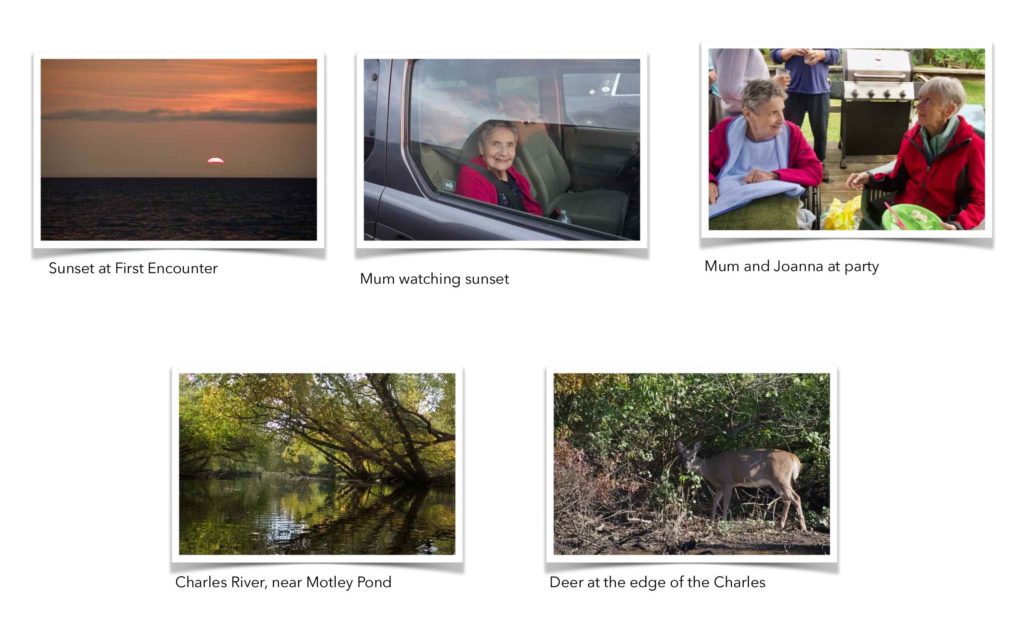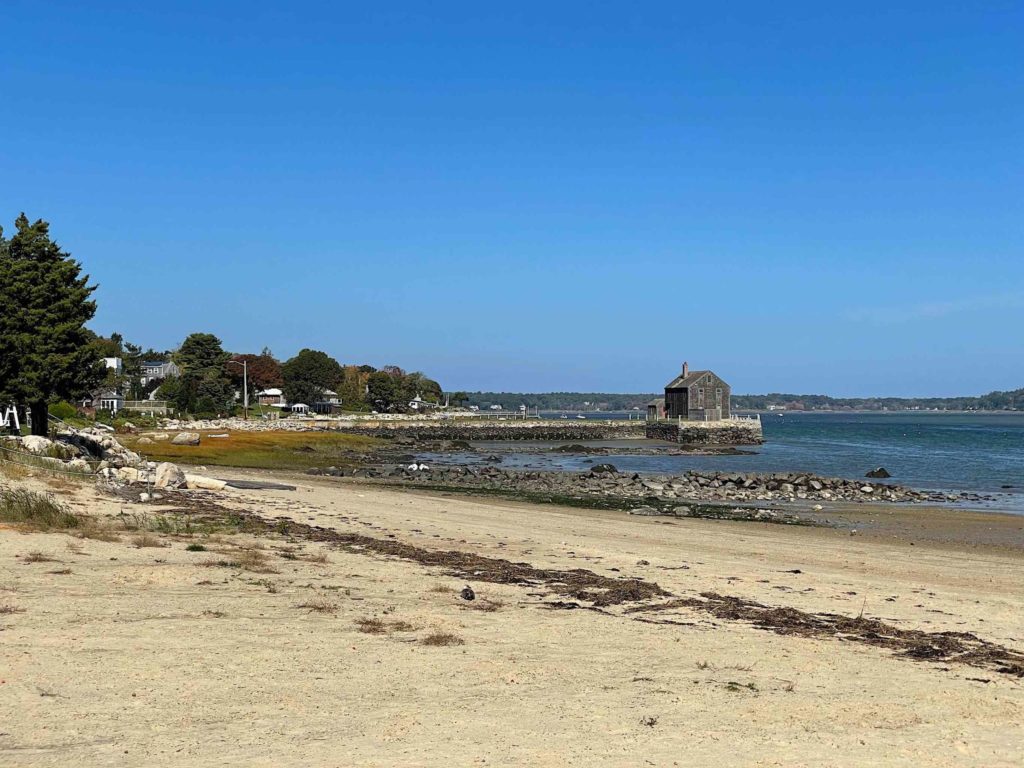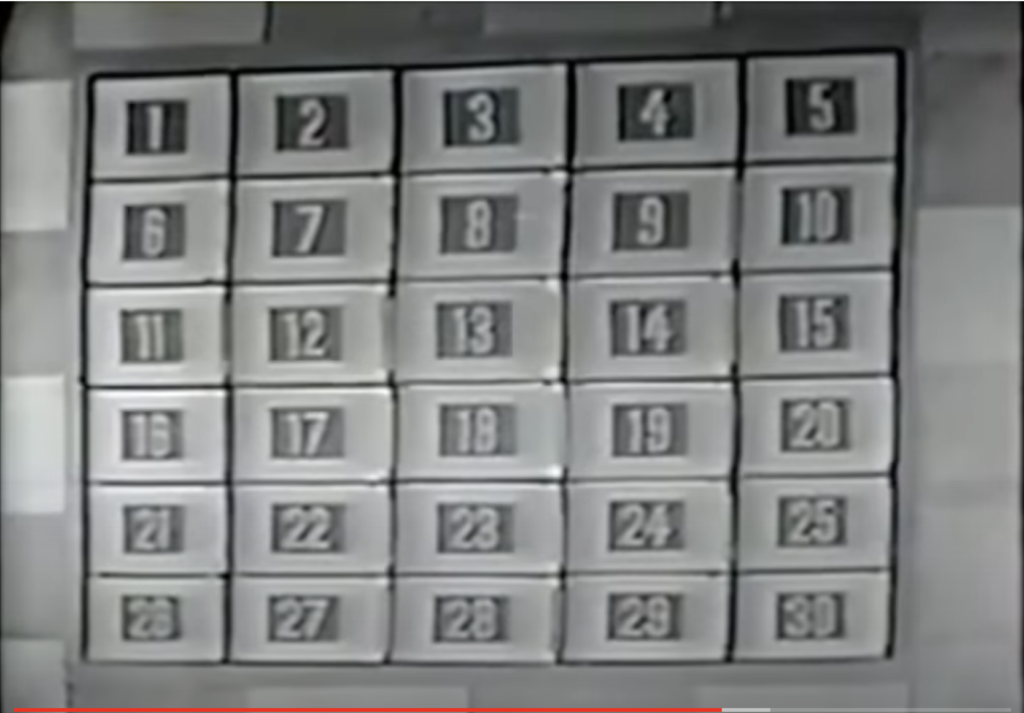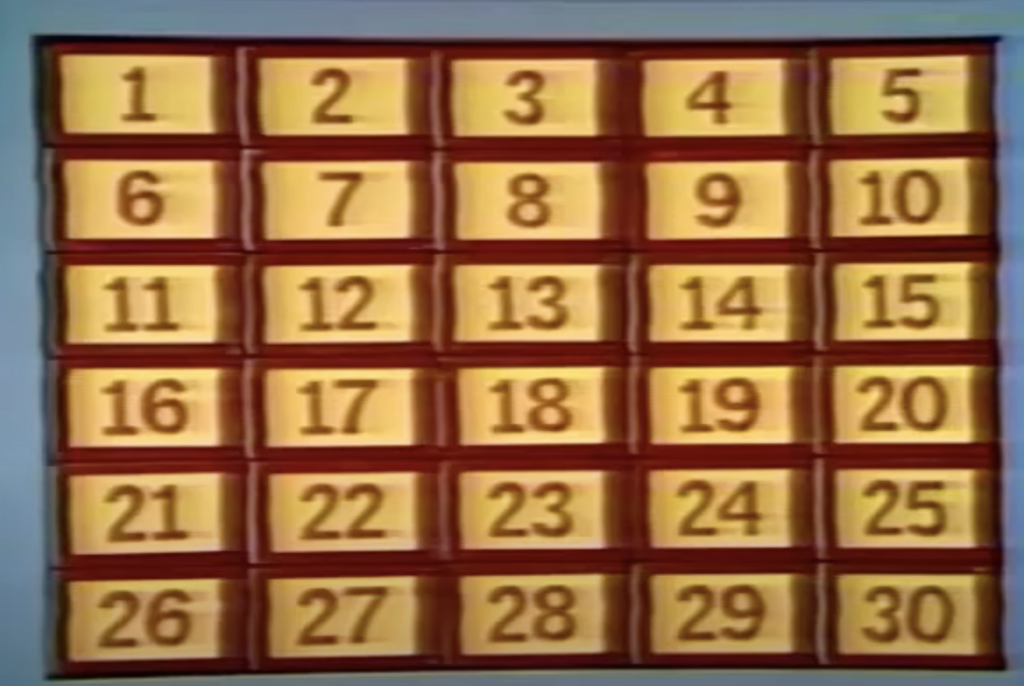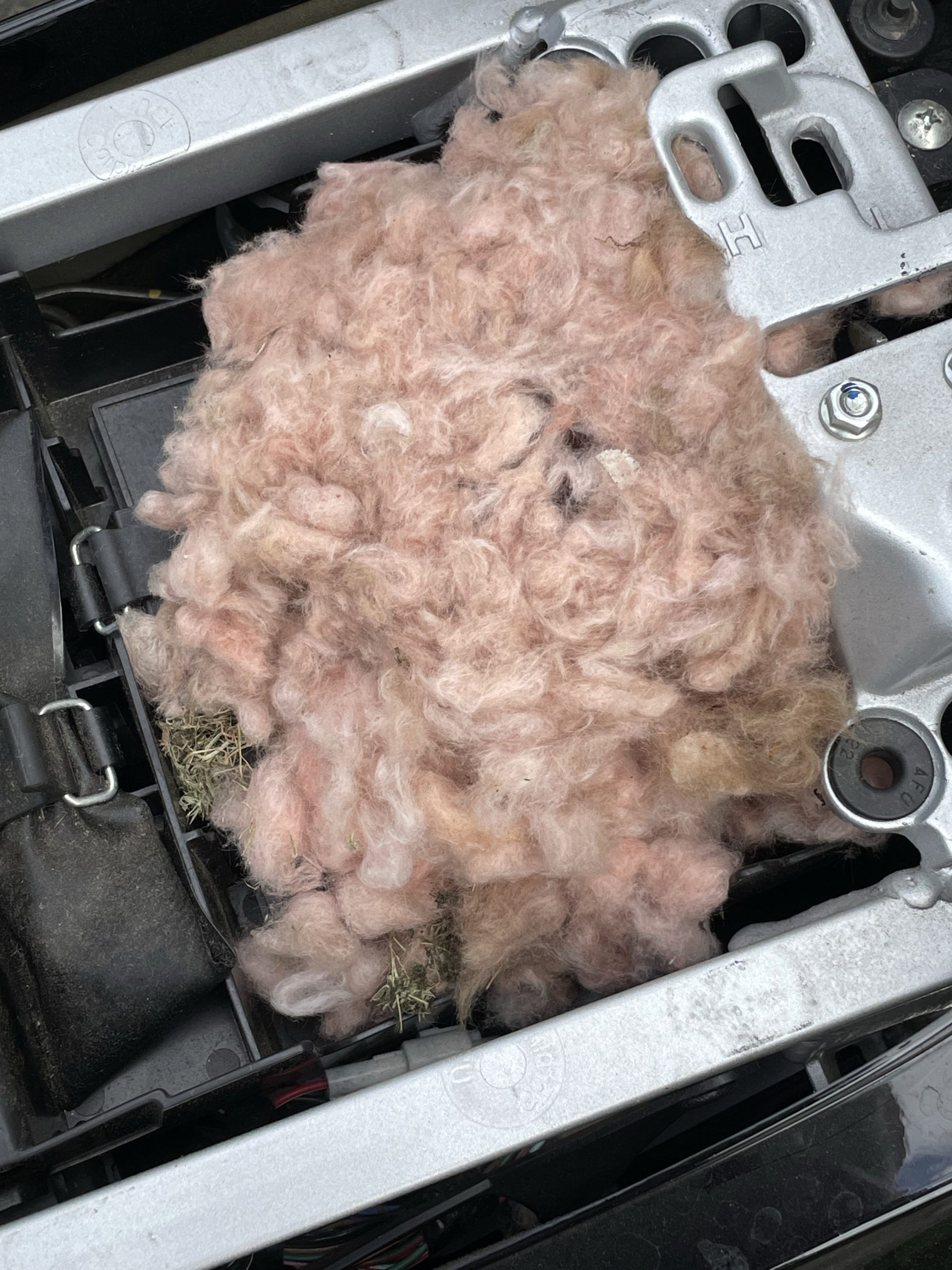I decided to treat myself to a new Apple Watch, a Series 8, this year. I got my first Apple watch, a Series 4, about three and a half years ago. I still liked the look of my Tissot better, but I was interested in some of the heart monitoring features, and over the years, I came to like it a lot. I liked the fact that notifications popped up on the watch, so that I could triage them and decide whether I wanted to bother getting out the phone. Getting turn by turn directions while wearing a watch is great; the watch will tap you on the wrist when your turns approach.
The one unlovely feature about the watch, though, was that it was a rather so-so timepiece, because the display was usually off, to save battery life. The following model year, Apple introduced an always on display, but I really couldn’t justify getting a new watch after less than a year.
It’s now been a few years, though, and though there’s been mainly incremental improvements year to year, over four model years, they’ve added up to a number of improvements over my old Series 4:
- From the Series 5, always on display and compass
- From the Series 6, a blood oxygen sensor, faster processor and faster charging
- From the Series 7, a bigger display
- And with this model, car crash detection.
Last time, I got a base model with an aluminum case and cloth band. This time, I decided to get the nicer version, with a gold stainless steel case and magnetic leather band. I really like the look, and I’m really happy with the watch. Having the always on display makes a world of difference, because you can now use it like a normal watch to tell the time; you don’t have to hold it up to your face with a specific gesture to turn on the display.
The way it works is interesting. When the watch is inactive, the display dims. When running a watch face with a second hand, the second hand goes away. “Complications”, the little indicators of other apps, don’t update themselves. There is one watch face, the one that they use to illustrate this particular case and band, that has a beige background and cream colored dial. When that one goes inactive, the beige background goes black and the dial inverts — light numbers on a dark dial — to conserve power.
Having the oxygen sensor is good –I wish I’d had it earlier in the month when the COVID was just getting going. Still, it was good to see that my oxygen levels weren’t affected.
The leather band is nice. Rather than a buckle, the band is segmented, with little magnets inside the strap. When you put it on, the band wraps around itself. It’s neat, though I have noticed occasionally it will pick up metal objects.
Because I got the stainless steel case, the watch comes with cellular connectivity; but at the moment, I don’t intend to turn it on. I rarely use my watch without my phone.
I ended up buying the watch online, since this particular case and band weren’t in stores. It took a couple of weeks for it to ship. The only real complaint I have about this order has been the trade-in of the old watch. I’m not getting much for it — only $50, but I figure that’s better than having it sitting around collecting dust. The other three times I’ve done Apple trade ins, I’ve gotten the trade in box either at the same time or before the merchandise; this time it was about a week after, and I got a semi-querulous email from Apple asking me if I still wanted the trade in. The box arrived the same day, though, and I sent it off the next day. And when I got home, there was a second trade-in box waiting for me on the doorstep. So clearly something got screwed up there. They got it today, and I’m now waiting for them to process the trade-in.
Update 10/26/2022: The trade in has been processed, and I’ve gotten my refund.
I got the watch a couple of days before my birthday. On my birthday, it had a message for me.



